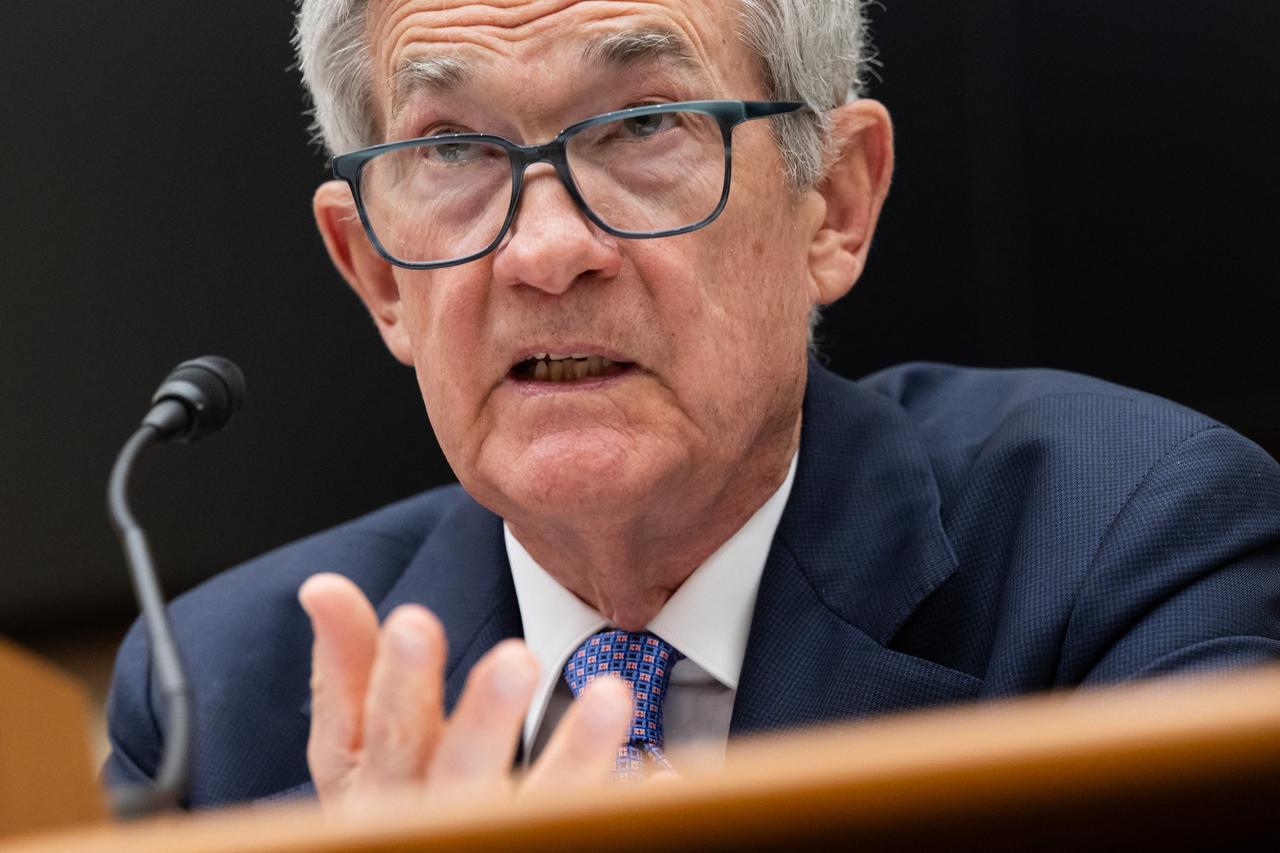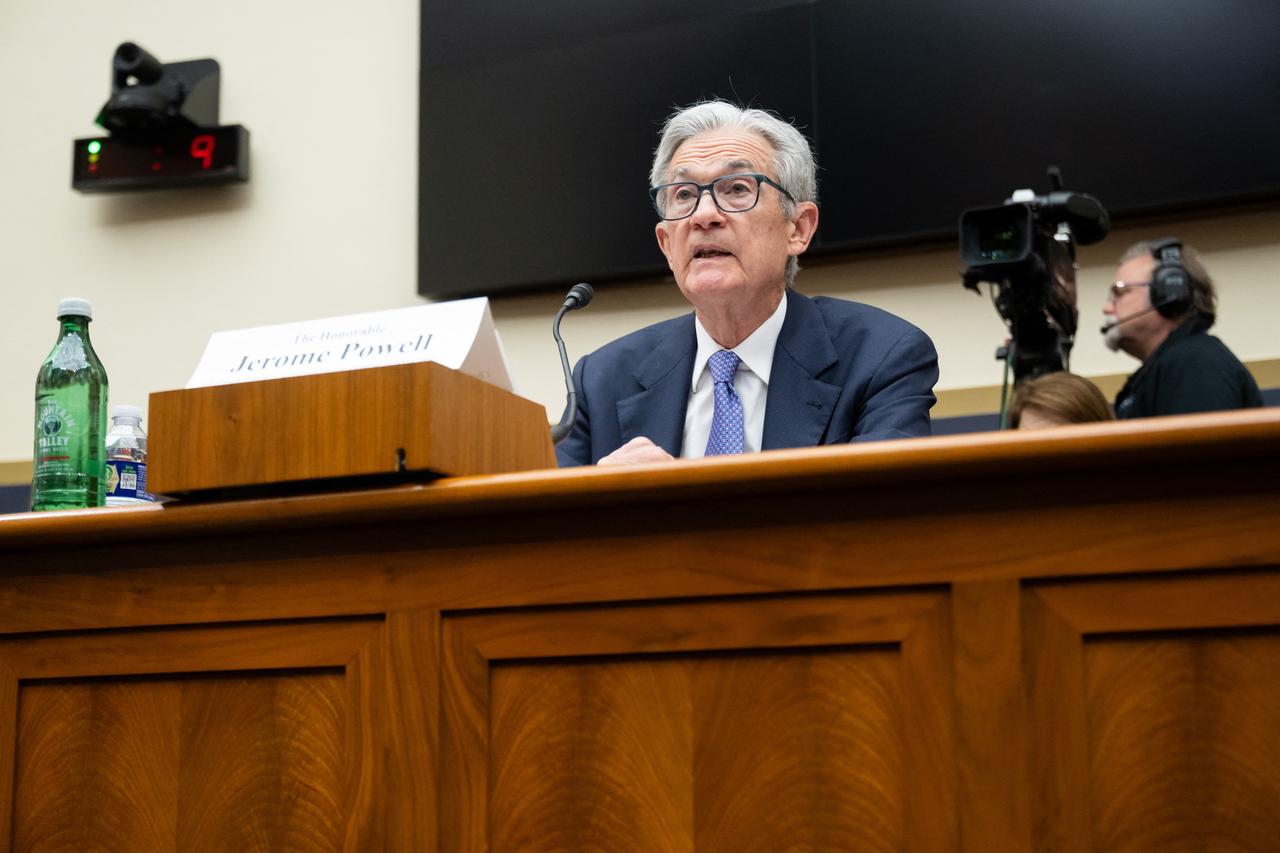
U.S. Federal Reserve Chair Jerome Powell said Tuesday that the central bank expects the inflationary effects of President Donald Trump’s newly imposed tariffs to begin surfacing in official data from June and July.
Testifying before the House Financial Services Committee as part of the Fed’s semiannual monetary policy report, Powell said, “We think we’ll begin to see the effects of tariffs on inflation in the summer data—specifically in June and July.”
While acknowledging the central bank does not take a stance on trade policy itself, Powell emphasized the Federal Reserve cannot overlook price pressures generated by such decisions.
“Our job is inflation—keeping it under control and ensuring maximum employment,” he said. “All forecasters are expecting a meaningful uptick in inflation due to tariffs very soon, and we can’t just ignore that.”

The Federal Open Market Committee (FOMC) has left interest rates unchanged since December, maintaining a target range of 4.25% to 4.50%.
However, policymakers have signaled openness to rate reductions later this year, depending on how economic conditions evolve.
Asked about remarks by Fed Governor Christopher Waller suggesting a rate cut could come as early as July, Powell avoided direct comment but acknowledged the possibility.
“We could see inflation come in weaker than we expected. That would argue for an earlier rate cut. Or we might see the labor market weaken.
That, too, would suggest moving sooner,” he said. “On the other hand, if inflation runs hotter or the labor market remains strong, we’d likely wait longer.”
Despite mixed signals, Powell reaffirmed the strength of the current economic environment.
“For now, despite elevated uncertainty, the economy is in a solid position,” he said. “We’re not in any rush—we’re well-positioned to wait to learn more about the likely course of the economy before adjusting our policy stance.”

Just hours before Powell's testimony, Donald Trump renewed public pressure on the Fed, writing on Truth Social, “Rates should be at least two to three points lower. Inflation is benign, and Powell is being very dumb and hardheaded.”
Powell responded without directly naming Trump, stating, “We always do what we think is the right thing to do, and we live with the consequences.”
He reiterated the importance of independence in monetary policy, adding, “We’re focused on delivering a good economy for the American people. Everything else is just a distraction.”
In April, Trump imposed a 10% tariff on nearly all U.S. trading partners, alongside higher duties on key imports like steel, aluminum, and automobiles.
Economists widely expect such measures to boost input costs and consumer prices. Powell acknowledged this risk, saying, “Increases in tariffs this year are likely to push up prices and weigh on economic activity.”
Still, the exact impact remains unclear, Powell said. “We don’t know how much of this inflation will pass through to consumers,” Powell noted. “It may turn out to be lower than we expect, or it could be higher. We won’t know until we see the numbers, and that’s exactly what we’re waiting for.”
While the Fed has projected two rate cuts this year, there is growing divergence among policymakers regarding the path forward in 2025. “A significant majority of the committee still feels it will be appropriate to reduce rates later this year,” Powell confirmed, but he also noted that the future trajectory remains “highly uncertain.”
He also dismissed growing narratives about the U.S. dollar’s potential decline, calling them “premature.” “The dollar remains the world's dominant reserve currency and haven,” Powell said.
Addressing questions about the conflict in the Middle East, particularly the recent Israel-Iran showdown, Powell said it is “too early to know what any economic implications might be” and declined to speculate on potential disruptions.
“Of course we’re watching the situation carefully,” he added.
Looking ahead, Powell emphasized the need for patience and evidence-based policymaking. “We’re saying we can pause here while the economy is strong, and that’s what we’re doing,” he said. “Credibility on inflation is hard-won, and we’re proceeding cautiously.”